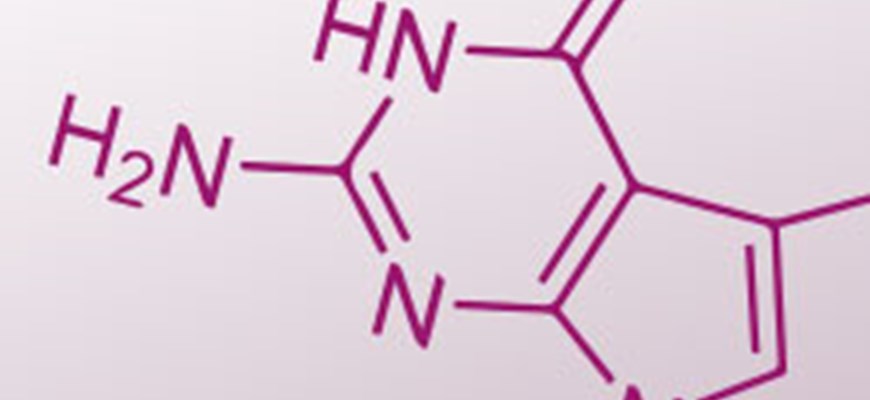
Claim interpretation is a key issue in any patent infringement case. A product or process will only infringe a patent if it contains all the features of at least one claim in the patent. So the question of how to interpret patent claims is of critical importance.
This complex decision may have a significant effect on future UK patent infringement cases. This article summarises the key principles.
Legal background
The approach taken to interpreting UK and European patents is essentially the same. Section 125(1) of the Patents Act 1977 explains that the invention in a patent is that set out in the claims, as interpreted by the description and drawings. Article 69 of the European Patent Convention (“EPC”) is similarly worded.
The Protocol on the Interpretation of Article 69 provides further detail on how article 69, read with s 125(3) of the Act, is to be applied. Article 1 of the Protocol provides that the extent of protection should be a fair balance between (a) a strict literal interpretation of the claims; and (b) the claims being used merely as a guideline to what the patent-holder had contemplated, from a consideration of the patent’s description and drawings. Article 2 states that due account must be taken of any element which is equivalent to an element specified in the claims.
Issues in this case
Eli Lilly has a patent relating to the use of pemetrexed in treating cancer. It discovered that damaging side effects could be minimised by giving patents pemetrexed disodium (a type of pemetrexed salt), together with vitamin B12, and its claims covered this combination.
Actavis wished to launch products comprising other pemetrexed salts plus vitamin B12, being different salts to the one claimed in the patent, but operating the same way. Actavis sought a declaration of non-infringement.
New infringement test
The Supreme Court ruled that the question whether an item infringes a patent should be approached by addressing two questions through the eyes of the person skilled in the art (“PSA”):
- Does the item infringe any of the claims as a matter of normal interpretation?
- If not, although the item may be characterised as a variant, does it nonetheless infringe because it varies from the invention in a way which is immaterial? The Supreme Court considered that in previous cases, the courts had wrongly conflated these two questions.
Question 2 considers variants. The Supreme Court set out three additional questions to be considered in answering question 2, which are revised versions of the Protocol/Improver questions from previous case law (described at paras 35-43 of the judgment):
- Does the variant achieve substantially the same result in substantially the same way as the invention in question?
- If the PSA is told that the variant achieves substantially the same result as the invention, would it be obvious to the PSA at the priority date that it does so in substantially the same way as the invention?
- Would the PSA nonetheless have concluded that the patentee intended that strict compliance with the literal meaning of the relevant claims was an essential requirement of the invention?
In previous case law, it had to be obvious to the PSA, at the priority date, that the variant would achieve substantially the same result. This revised second question allows for variations, the effect of which would not have been obvious at the priority date, to be brought within the scope of the patent for infringement purposes.
The Supreme Court further warned that taking too literal an approach to interpretation would lead to the answer to question 3 always being yes, which should be avoided.
Outcome and implications
It was clear that Actavis’s products, also pemetrexed salts, would achieve the same result in the same way as the patented product. That would have been obvious to the PSA, particularly as the expert evidence suggested that the PSA would have investigated whether any of Actavis’s alternative compounds worked, as a routine exercise.
On question 3, the court considered the PSA would not have assumed Eli Lilly was restricting its protection to pemetrexed disodium, even though that was the only substance claimed. The patent specification taught that other anti-folate drugs might work similarly. Eli Lilly had only carried out experiments on pemetrexed disodium but that in itself would not mean that it intended to exclude other pemetrexed salts from the scope of protection.
The court also ruled that a patent’s prosecution history will only be relevant to issues of interpretation in certain exceptional cases.
This case has already generated much positive and negative commentary. Of particular significance is how this new approach to interpretation in infringement cases will sit with interpretation when determining a patent’s validity. Further cases are awaited with interest!
In this issue
- Talaq and the growing challenge of overseas divorces
- Too close to the wind? (1)
- The Land Register: two ticking timebombs
- Adult ADHD: a performance management issue
- Reading for pleasure
- Opinion: Sandra McDonald
- Book reviews
- Profile
- President's column
- ScotLIS enters user test phase
- People on the move
- Priced out of justice
- The residence nil rate band – are your clients affected?
- State aid outside the EU
- IP actions at the Court of Session
- Give me liberty or give me a welfare attorney
- Personal injury trusts and professional trustees
- How to protect your firm and your clients from email fraud
- Court to child: a different approach
- Who can appeal a contempt ruling?
- Moveable property: reform at last?
- Too close to the wind?
- Limited partnerships and the PSC register
- Scottish Solicitors' Discipline Tribunal
- Recent changes to the PSG offer to sell
- Assigned standard securities
- On our own feet
- OPG tackles rising demand for PoAs
- Law reform roundup
- PI court timetable amended
- Reception greets Accredited Paralegal scheme
- Making paper history
- Your Law Society of Scotland Council members
- Master Policy renewal: it's easy online
- Ask Ash
- AML risks and company services
- Thinking of getting engaged?
- Q&A corner







